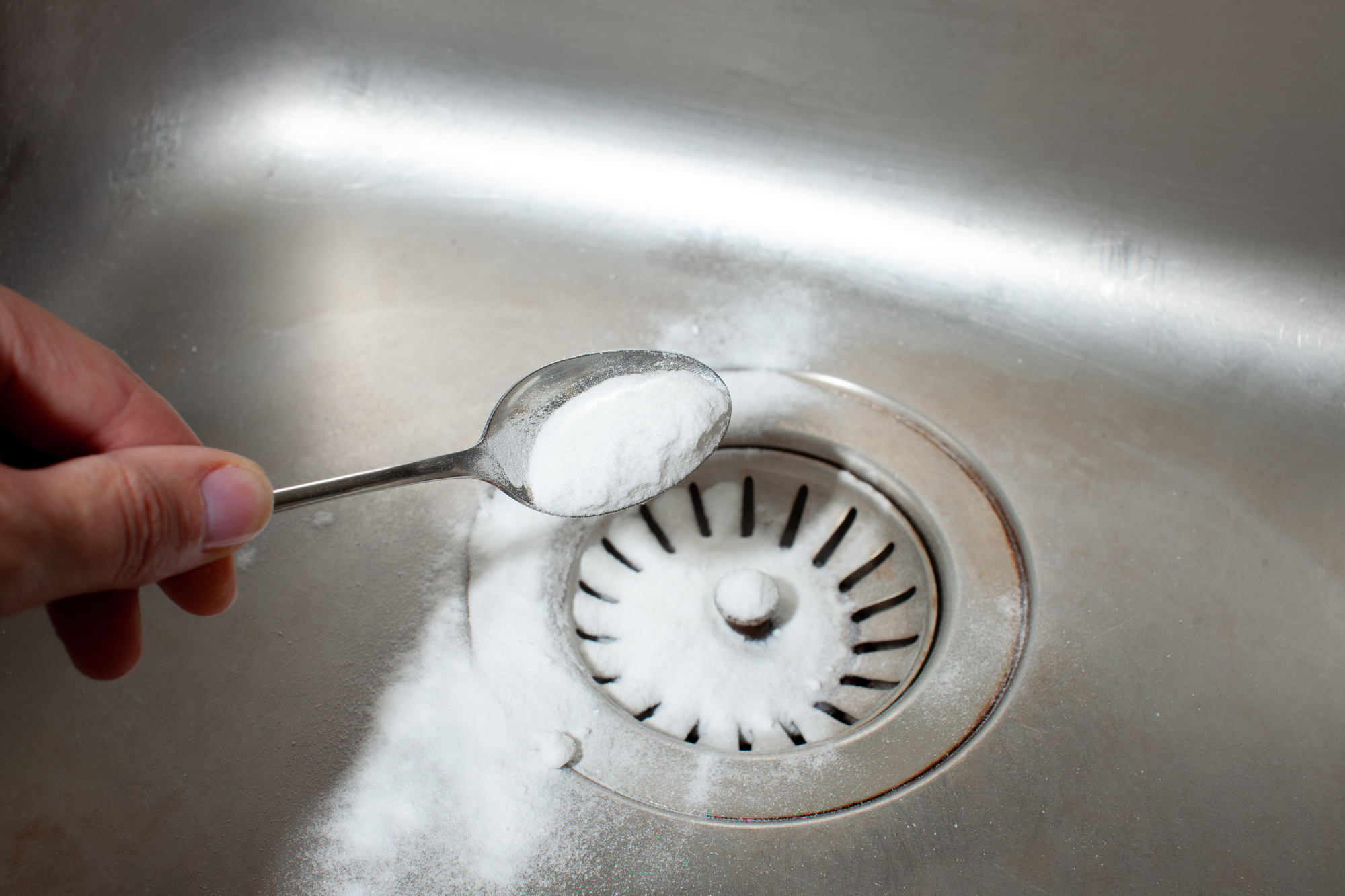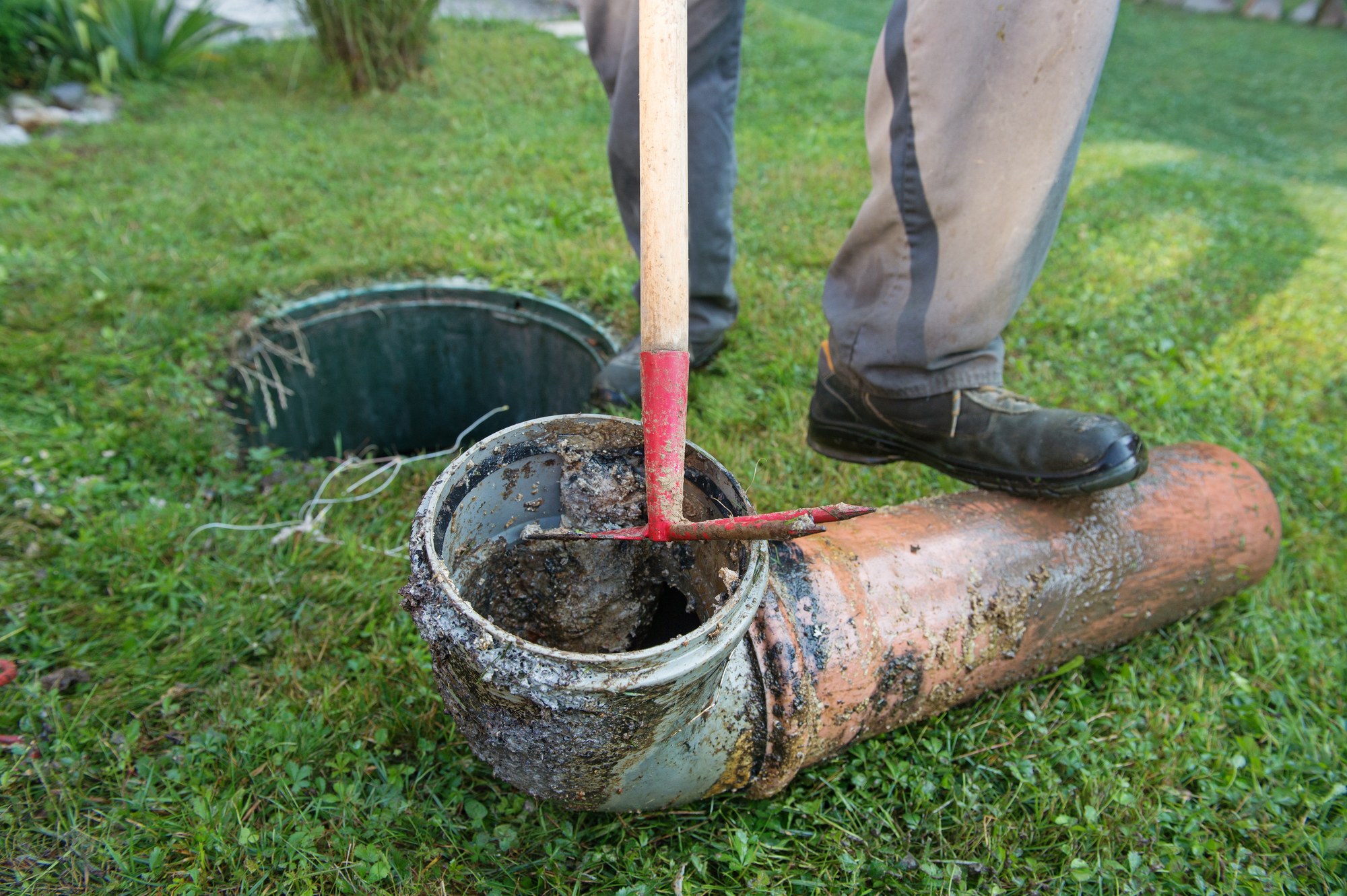Garbage disposal units have become an integral part of modern kitchens. Which offers convenience, efficiency, and environmental benefits in managing food waste. But who is responsible for garbage disposal? It’s your homeowner who has the responsibility. From installation to maintenance and cost considerations. Having the responsibilities and benefits of garbage disposal units is essential for homeowners. This comprehensive guide explores the necessity of garbage disposal units, their installation and maintenance requirements, as well as associated costs.
Who Is Responsible for Garbage Disposal?
Garbage disposal units have become a common fixture in many homes. What offers convenience and efficiency in managing kitchen waste? However, with the benefits of these units come responsibilities for their installation, maintenance, and proper use. But who is responsible for the garbage disposal unit in your home? Well, it’s your homeowner or it’s you if you’re the owner.

The primary responsibility for garbage disposal units lies with homeowners or property owners. When deciding to install a garbage disposal unit in their kitchen. Homeowners take on the responsibility of ensuring its proper functioning and maintenance. This includes purchasing the unit and hiring a professional plumber for installation. As well as adhering to manufacturer guidelines for operation.
They will take full responsibility for the installation and make sure you’re comfortable. It’s not your duty to install the unit your homeowner is the one. As well as the maintenance and other repair cost as well. But make sure you do not damage the unit yourself. Due to guideline issues or simple facts, you may need to pay the price for it.
What Is A Garbage Disposal Unit
A garbage disposal unit is commonly known as a garbage disposal or a waste disposal unit. Is a kitchen appliance to shred food waste into small particles. It helps the kitchen disposal to be safe for the kitchen sink`s plumbing system. It typically has a motor grinding chamber beneath the kitchen sink, which connects to a drain pipe.

When food scraps get inside the disposal unit. They get cut off by the rotating blades or impellers inside the grinding chamber. The resulting particles then flush away using the water through the drainpipe, ultimately entering the wastewater system. Garbage disposal units are very common for residential kitchens to facilitate the disposal of organic food waste. Food waste such as:
- fruit and vegetable scraps,
- coffee grounds, eggshells,
- small bones.
These units offer several benefits, including convenience, hygiene, waste reduction, odor control, and environmental sustainability. However, it’s important to use garbage disposal units responsibly and avoid disposing of non-biodegradable items. Things such as plastics or metals, can damage the unit or cause plumbing issues. Regular maintenance and proper use are essential for ensuring the longevity and efficiency of garbage disposal units.
What are the parts in a garbage disposal unit?
A garbage disposal unit consists of several key components. They work together to grind food waste and facilitate its disposal through the kitchen sink’s plumbing system.
Here are the main parts of a typical garbage disposal unit:
Grinding Chamber
This is the main compartment where food waste is ground up into smaller particles. It contains rotating blades or impellers that shred the food waste.
Motor
The motor powers the grinding mechanism, providing the necessary force to break down food scraps. It is usually located above or alongside the grinding chamber.
Hopper
The hopper is the opening at the top of the disposal unit where food waste is deposited. It typically has a cover or splash guard. It helps to prevent splashing and debris from escaping during operation.
Splash Guard
The splash guard is a rubber or plastic barrier that sits over the hopper opening. It helps prevent water and debris from splashing out of the disposal unit while it is in use.
Mounting Assembly
The mounting assembly secures the disposal unit to the underside of the kitchen sink. It includes mounting brackets, screws, and a mounting ring that hold the unit in place.
Grind Ring or Grinding Ring
This is a stationary ring with sharp ridges or teeth. It surrounds the spinning blades inside the grinding chamber. It helps break down food waste by forcing it against the rotating blades.
Discharge Pipe
The discharge pipe is the outlet through which ground-up food waste exits the disposal unit and flows into the drainpipe connected to the sink’s plumbing system.
Reset Button
The reset button is a safety feature underneath the bottom or side of the disposal unit. The design allows the unit to trip and cut power to the motor if it overloads or overheats. Press the reset button to resume normal operation.
How Garbage Disposal Unit Help Us
It does not always matter Who is responsible for garbage disposal. Because it’s about your health and environment. If your house does not have a disposal unit ask your owner to install one. Yes, you can talk to your owner to install yourself and later talk about payment as well. Because health is a priority nothing else matters the most as it is.
Here are a few steps how it helps us:
Convenience
Garbage disposal units simplify and enhance kitchen cleanup by letting users flush food waste down the drain instantly. Users can now rinse away food scraps instead of collecting them in bins or compost piles, making daily kitchen chores less time-consuming and labor-intensive.
Hygiene
Properly functioning garbage disposal units help maintain cleanliness and hygiene in the kitchen. By promptly disposing of food scraps, homeowners can minimize odors and prevent the attraction of pests such as insects and rodents. This creates a more sanitary environment for food preparation and cooking.
Waste Reduction
Garbage disposal units help reduce the amount of food waste sent to landfills. By grinding food scraps into small particles that can flow through the plumbing system. These units prevent organic matter from decomposing in landfills and producing methane. Which is a common greenhouse gas. This contributes to waste reduction and environmental conservation efforts.
Odor Control
Food waste left in trash bins can emit unpleasant odors as it decomposes. Garbage disposal units help mitigate odors quickly and efficiently helping to dispose of food scraps down the drain. Which eventually goes away with wastewater. This helps keep kitchens smelling fresh and clean.
Environmental Sustainability
Garbage disposal units reduce environmental impact by diverting food waste from landfills. Methane gas simply builds up from organic waste in landfills. Which contributes to climate change. Homeowners can help reduce methane emissions and minimize their environmental impact. Simply just by using disposal units to process food waste.
The Necessity of Garbage Disposal Units
Garbage disposal units play a crucial role in promoting cleanliness, hygiene, and environmental sustainability in households. By grinding food scraps into small particles, these units prevent the accumulation of organic waste in trash bins. Thereby reducing odors, pest infestations, and the need for frequent disposal. Additionally, garbage disposal units divert food waste from landfills. Which contributes to methane emissions and environmental pollution. Overall, these units help create a more hygienic and eco-friendly living environment.
Simple Installation and Maintenance Responsibilities
Installation
The responsibility for installing a garbage disposal unit typically falls on homeowners. While some may opt for DIY installation, hiring a professional plumber is necessary. This ensures proper connection to the plumbing system and electrical supply. Professional installation minimizes the risk of leaks, electrical hazards, and other issues that could compromise the unit’s performance and safety.
Maintenance
Homeowners are also responsible for the ongoing maintenance of garbage disposal units. This includes regular cleaning to prevent odors and buildup. Running cold water while in use to flush out waste, and avoiding the disposal of non-biodegradable items. Routine maintenance tasks may include cleaning the grinding chamber, sharpening blades, and checking for leaks or unusual noises.
Cost Considerations
While thinking of a garbage disposal unit first it’s better to know who is responsible for garbage disposal. As many think about how much it may cost them for installation. Which sometimes declines the necessity of this device. But it is a good thing all the cost falls on your owner so you don’t have to think about it. Depending on different things the cost may go up or down. As well as hiring a professional for installation purposes.
So, depending on everything here is some info about the installation and replacement of the disposal unit:
Garbage Disposal Unit Installation Cost
The cost of installing a garbage disposal unit varies depending on factors. Things such as the type and brand of the unit, labor charges, and any additional plumbing. Also, you may need to pay extra for electrical work if it requires any. On average, homeowners can expect to pay between $200 and $500 for installation. Including the cost of the unit itself and professional labor.
Replacement/Repair Cost
Over time, garbage disposal units may require repairs or replacement due to wear and tear or mechanical issues. The cost of replacement units ranges from $100 to $600, depending on the model and features. Repair costs also vary but typically range from $50 to $200 for common issues like jamming or leaking. Hiring a professional for repairs may incur additional labor charges.
Real-Life Examples
- Case Study 1: Sarah, is a homeowner in a suburban neighborhood. Who wanted to install a garbage disposal unit to manage food waste more efficiently. After consulting with a plumber, she took over a mid-range unit at $300, with installation costing an additional $200. Sarah regularly maintains the unit by running cold water and cleaning it with natural cleaners. Which ensures its longevity and performance.
- Case Study 2: John, is a homeowner in an urban apartment. He has enough experience with a malfunction with his garbage disposal unit. which results in a clog in the kitchen sink. His diagnosis was about a jamming blade which cost him around $150 for parts and labor. John now takes care to avoid overloading the disposal to prevent future issues.
Conclusion,
Garbage disposal units offer numerous benefits. Things such as waste reduction, hygiene, and environmental sustainability. Your homeowners are the ones who is responsible for garbage disposal bear the responsibility for installation and maintenance. The long-term advantages outweigh the initial costs. By investing in a garbage disposal unit and adopting responsible waste disposal habits. Homeowners can create a cleaner, healthier, and more sustainable living environment. Not just for themselves and future generations.






